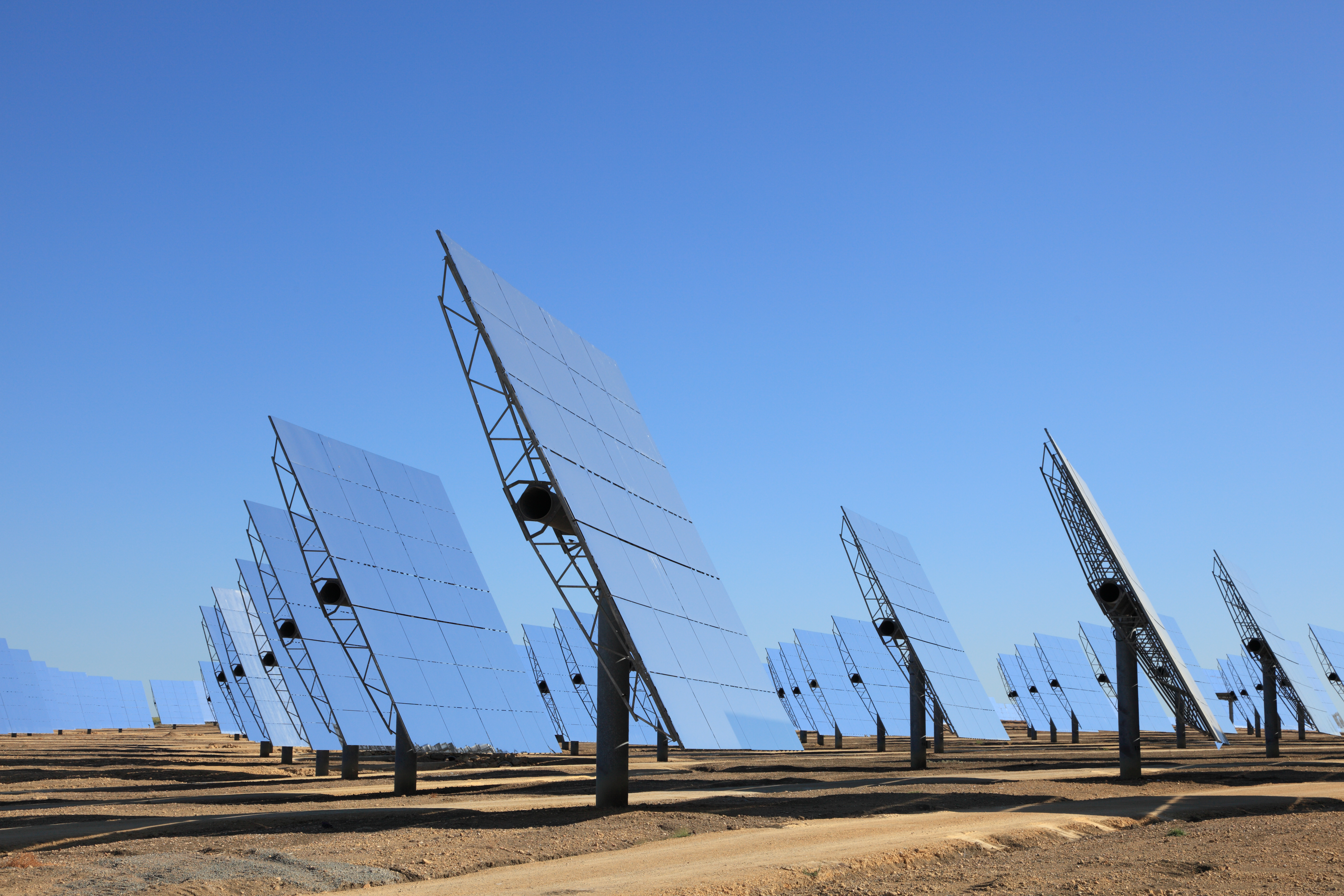How CSP can make green hydrogen commercially viable
By Xavier Lara
The search for an alternative to fossil fuels has been gaining momentum in recent years. For applications such as powering the grid or fueling cars, using a combination of renewably produced electricity and battery storage looks to be the way forward.
But renewable energy and batteries alone cannot power sectors such as heavy industry or shipping. These need an energy-dense molecular fuel that can stored, moved and used in a similar way to today’s fossil fuels.
In the last couple of years, a clear contender has emerged: hydrogen.

If produced from renewable energy via electrolysis of water, so-called green hydrogen can not only serve as a direct fuel source in many industrial and transportation applications, but also act as a precursor for other potential fuels, from ammonia to methanol.
There is a catch, however. Today there are several ways of making hydrogen, most of which involve significant carbon emissions. Green hydrogen may be free from emissions—but in most places it is also by far the most expensive form of the gas.
That’s partly because of the cost of hydrogen electrolyzers, which until recently had not been built on a large scale because there was no demand for them.
The electrolyzer stack accounts for between roughly 33% and 45% of the capital costs involved in green hydrogen production, according to the financial advisory and asset management firm Lazard.
As interest in green hydrogen is picking up, the electrolyzer market is scaling rapidly, which is helping to bringing down the cost per electrolyzer.
But once these electrolyzers enter operation it is important to keep them running for as long as you so you can be sure the capital investment in equipment yields the highest possible return.
The other part of the green hydrogen cost equation is the price of the electricity used to power electrolysis.
With energy costs accounting for around 50% of the levelized cost of green hydrogen, according to Lazard, using high-priced electricity naturally yields more expensive gas.
Because of this, the best markets for green hydrogen are likely to be ones where renewable energy costs are lowest. Even in low-cost renewable energy markets, however, it could be hard to drive green hydrogen costs down below a given threshold.
The reason for this is that the lowest-cost renewables—onshore wind and solar photovoltaics (PV)—are also highly intermittent.
The sun only shines 50% of the time anywhere in the world, on average, and the capacity factor for onshore wind, or the amount of time turbines produce power, averaged 25% across Europe in 2020. This makes it hard to maximize the utilization of the electrolyzer.
And batteries cannot do much to help.
Although batteries can store enough energy to keep an electrolyzer working for a few hours more each day, which may help to overcome short-term intermittency, they are just too costly to use for storing large amounts of electricity and discharging it over long periods.
In areas with abundant sunshine, however, there is another option. Concentrated solar power (CSP) is a mature, proven renewable energy technology that can use molten salt store multi-megawatt amounts of energy, with discharge times easily up to 12 or 15 hours a day.
This means CSP could keep electrolyzers working all through the night in markets that have the right levels of solar resource. Admittedly, CSP is more expensive than PV, so you would not use it for round-the-clock green hydrogen production.
But for overnight energy storage it is a lot cheaper than batteries. And hybrid PV and CSP plants are already a reality in several markets around the world.
The thinking behind these plants is simple: during the day, PV delivers electricity at one of the lowest levelized costs of energy of any generation source in the world.
An analysis by Lazard shows PV is cheaper than gas in many markets, including Australia, Brazil, Europe, India, Japan, South Africa and the United States. And the analysis was carried out when gas pricing was normal.
In today’s record gas-pricing environment, PV is cheaper than gas almost everywhere. At the same time as PV arrays are producing this cheap electricity, the CSP portion of the hybrid plant stores solar energy as heat in molten salt.
When the sun sets, the PV arrays stop producing electricity and the energy comes instead from a steam turbine, driven by the heat from the molten salt. This can keep electrolyzers operating around the clock.
An analysis we have carried out at Pacific Green indicates that we could not only use hybrid plants to deliver low-cost green hydrogen, but the pairing of PV and CSP is the best way for the hydrogen to be turned into ammonia at the lowest possible cost.
Our proposal would be to do this in the Atacama Desert, which has some of the best solar resources on the planet.
We estimate that 800 MW of PV paired with 100 MW of CSP and 12 hours of thermal storage would allow us to produce more than 257,000 tons of green ammonia a year at a cost of under $400 a ton.

Doubling the amount of CSP would allow for more stable operation of the ammonia plant and increase production to almost 300,000 tons a year, with just a small increase in cost per ton.
We chose to model costs for ammonia because we expect to see significant demand for the compound, both for use in the fertilizer industry and as a fuel for shipping, where Pacific Green has significant domain expertise.
But it is clear if the business case for ammonia made from green hydrogen can pencil out then the economics for the hydrogen itself must be even more compelling. Increasingly, too, it will be compelling in markets that are not as optimal as the Atacama Desert.
As a result of record-high gas and carbon prices, traditional fossil fuel-based ways of making hydrogen are starting to look decidedly costly across Europe, for example.
Back in November 2021, analysts estimated that green hydrogen might be a cheaper option in many European markets. Against this backdrop, making green hydrogen in the Middle East or North Africa, using hybrid PV and CSP plants, is starting to look like a no-brainer.